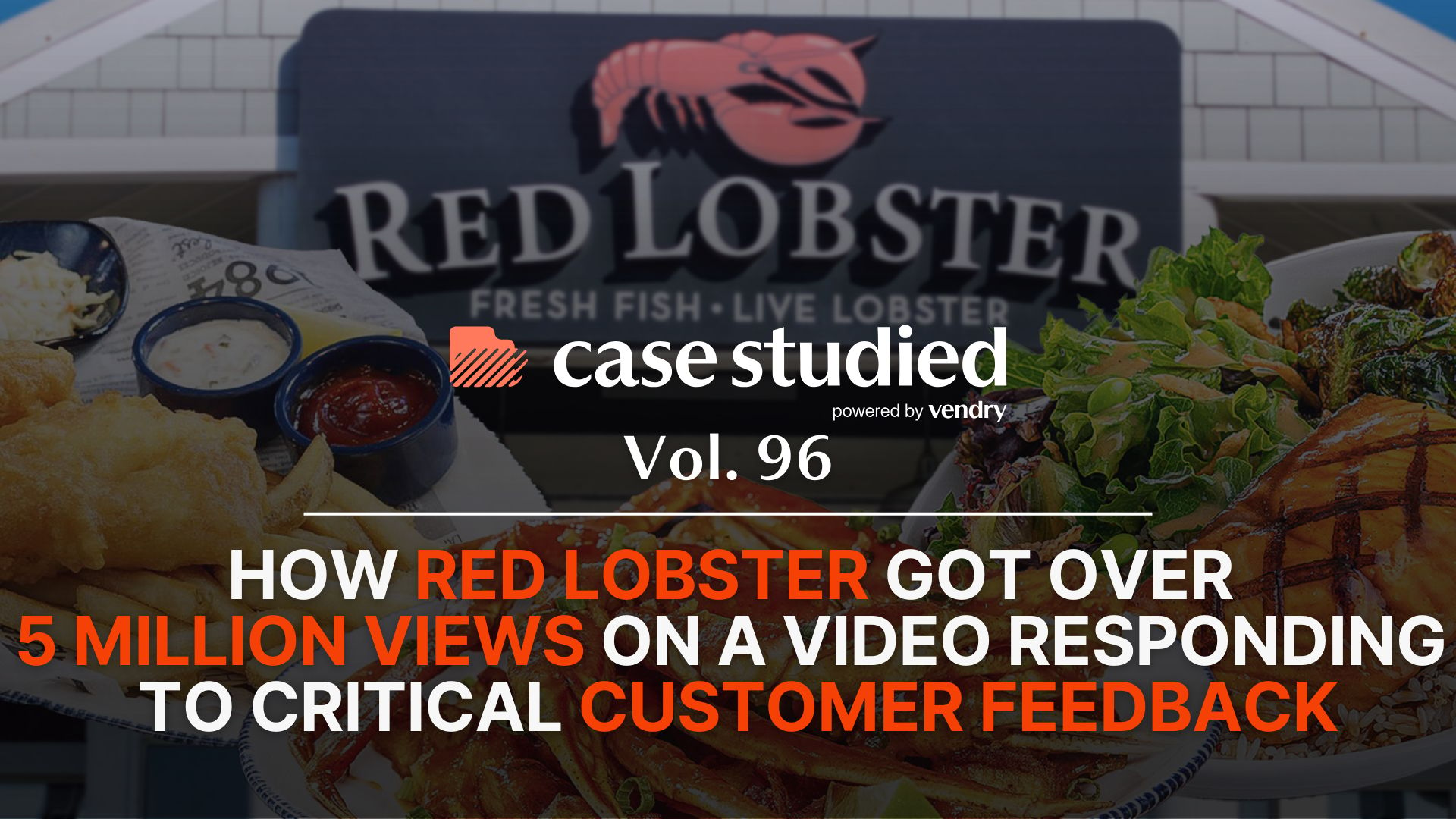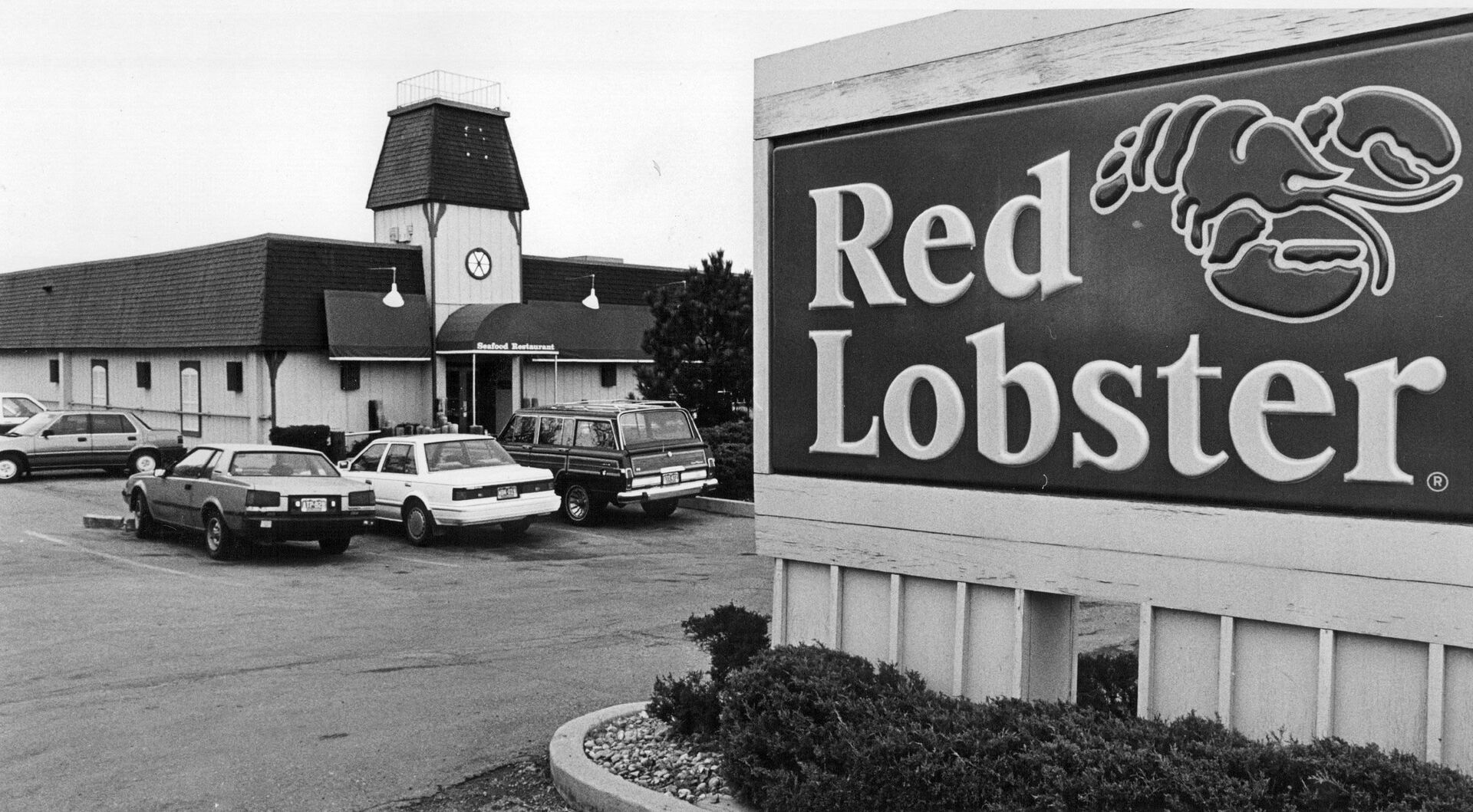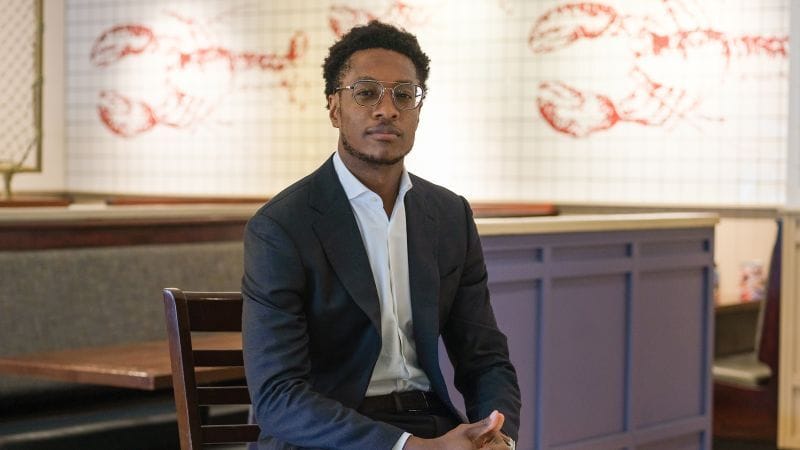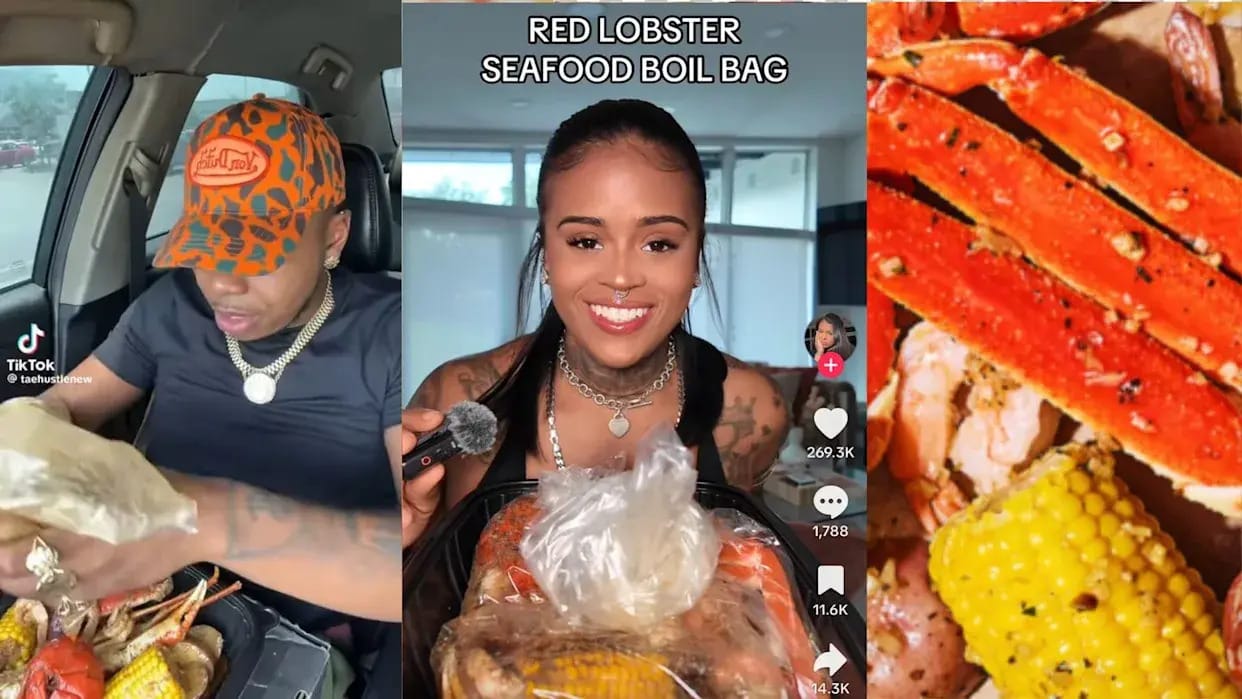- Vendry
- Posts
- Vol. 96 Red Lobster: Feedback, Flavor, and Virality 🦞
Vol. 96 Red Lobster: Feedback, Flavor, and Virality 🦞
How Red Lobster got over 5 million views on a video responding to critical customer feedback

Today’s Case Studied is sponsored by Planable.
The free social media management tool trusted by marketers to plan, collaborate, approve and schedule their social media posts.
Case Studied
Customers Asked and They Received
For restaurants of all kinds, customer feedback isn’t just received in controlled environments like surveys or focus groups. Today, it shows up on social platforms where demand can quickly build momentum and influence brand decisions.
We’ve seen this play out fortuitously for some brands. When McDonald’s brought back the Snack Wrap, it sparked a double digit jump in foot traffic. Taco Bell sales rose 11% in the fourth quarter after it revived its Mexican Pizza. And both product returns were driven by customers rallying online and displaying widespread demand.
As part of the chain’s revival efforts, Red Lobster is taking a page from this book and responding to customers in a new way.
This week, Case Studied explores how Red Lobster got over 5 million views on a video responding to critical customer feedback.
The Brief

Founded in 1968, Red Lobster is an American seafood chain famous for its cheddar bay biscuits and affordable lobster dinners. But in recent years, the brand has struggled with financial and operational challenges.
Most notoriously, Red Lobster turned their annual, limited-time offer of $20 endless shrimp into a permanent menu item. That decision ended up costing the chain $11 million and fueling the fire that eventually led to them closing over 100 restaurants, laying off thousands, and filing for Chapter 11 bankruptcy in May 2024.
By September, though, Red Lobster was acquired by RL Investor Holdings LLC, which committed over $60 million to revitalize the chain. The company exited from Chapter 11 restructuring and brought on Damola Adamolekun as their new CEO.

Adamolekun was formerly the CEO of P.F. Chang’s. He notably led the Asian-fusion restaurant chain through the pandemic, thanks in large part to the chain’s takeout and delivery business. Now at the helm of Red Lobster, Adamolekun is focused on “incremental changes” like improving table service, sprucing up dining rooms, and making some menu changes.
Those changes have included the addition of $5 happy hour cocktails, two different kinds of seafood boils, and sangria flights. And while there was overwhelmingly positive sentiment about these changes, some customers had some more constructive feedback to share: they wanted more flavors and more spiciness in the lobster boils.
Why do certain social media posts make people pause mid-scroll?

Stop playing the content lottery. Start using science to guarantee engagement. The Psychology of Engagement course was built from analyzing 3,600 high-performing posts & it gives you the blueprint for content that demands attention.

The Execution

In response to the feedback about the lobster boils, Red Lobster listened and sprung into action.
Adamolekun and his teams created three spice tiers for lobster boils: original, spicy, and extra spicy. They also added a new flavor, Old Bay® and Parmesan, and created an option to add sausage to any of the boils.
To get the word out about these changes, Adamolekun addressed the seafood boil feedback head-on in a TikTok video. Speaking directly to viewers, he thanked customers for showing up with enthusiasm, and announced that he was delivering on what people were asking for.
The video caption read: “We’ve seen your comments. Spice it your way. Boils just got personal!” After walking through the updates, Adamolekun thanked his teams for pulling together all the changes within just one week.
Having Adamolekun personally announce the chain’s latest updates is an approach that ladders up to Red Lobster’s larger social strategy since the new CEO took the helm. He’s been featured in many of the brand’s videos, including this one where he introduced himself and explained what would be changing and what would be staying the same under his leadership.
@redlobster We’ve seen your comments. Spice it your way. Boils just got personal! #seafoodboil #seafoodlover #ceo
The Results

The video about the lobster boil updates racked up more than 5.2 million views and 746,000 likes, with nearly 17,000 comments in a single week.
Beyond the numbers, the sentiment shift was also notable. Hundreds of comments praised Adamolekun for being approachable, responsive, and steering the chain toward a comeback. Industry press highlighted the campaign as part of Red Lobster’s post-bankruptcy rebound, positioning the brand as one of the year’s unexpected social media success stories.
The Takeaways
1) Humanize your brand with… humans.
The decision to put Adamolekun in front of the camera does a lot of legwork for Red Lobster’s brand. It adds a layer of personability and authenticity. There’s a very different feeling that’s evoked when changes are announced via a press release versus a company CEO speaking directly into a camera.
Think about how you can humanize your brand. It doesn’t need to be with the CEO or even company leaders, but having a visible face on social builds trust. Particularly in moments of reinvention or crisis, putting a real person in front of your audience can go a long way with your audience relationships.
2) Treat feedback as fuel, not friction.
Instead of dismissing critiques, Red Lobster used it as inspiration for action. The new seafood boil flavors were literally born from TikTok comments. And their team was able to create a full-circle moment by announcing the changes on TikTok.
Consider how you can actively incorporate consumer input into product development and communications. It can go beyond just improving products—it can create stories that customers are excited about and want to share.
3) Small changes can create big waves.
Adding flavor options to the lobster boils wasn’t a massive operational overhaul for Red Lobster. But by framing it as a response to consumers and amplifying it on social, the brand made it feel like a big moment.
For your brand, consider which small, easy-to-implement changes could have an outsized impact when paired with a strong comms strategy. It’s not always about inventing something new—it’s about showing you’re listening.
End the search: Vendry makes it simple to find your next agency partner. Share your needs and get connected with vetted, top-tier options in under a week—at no cost to you.